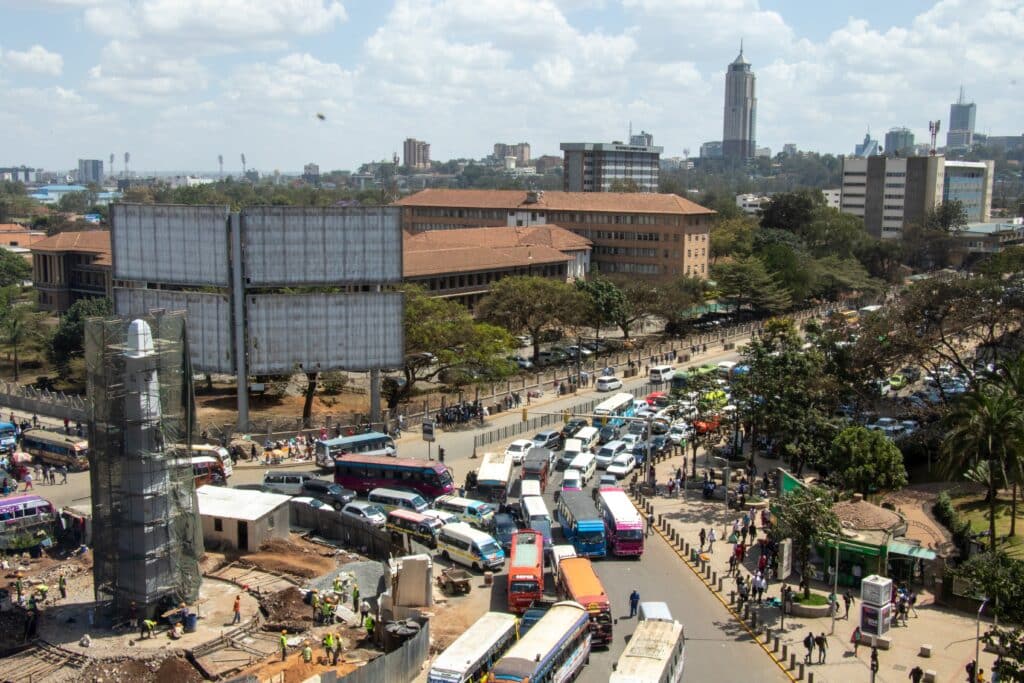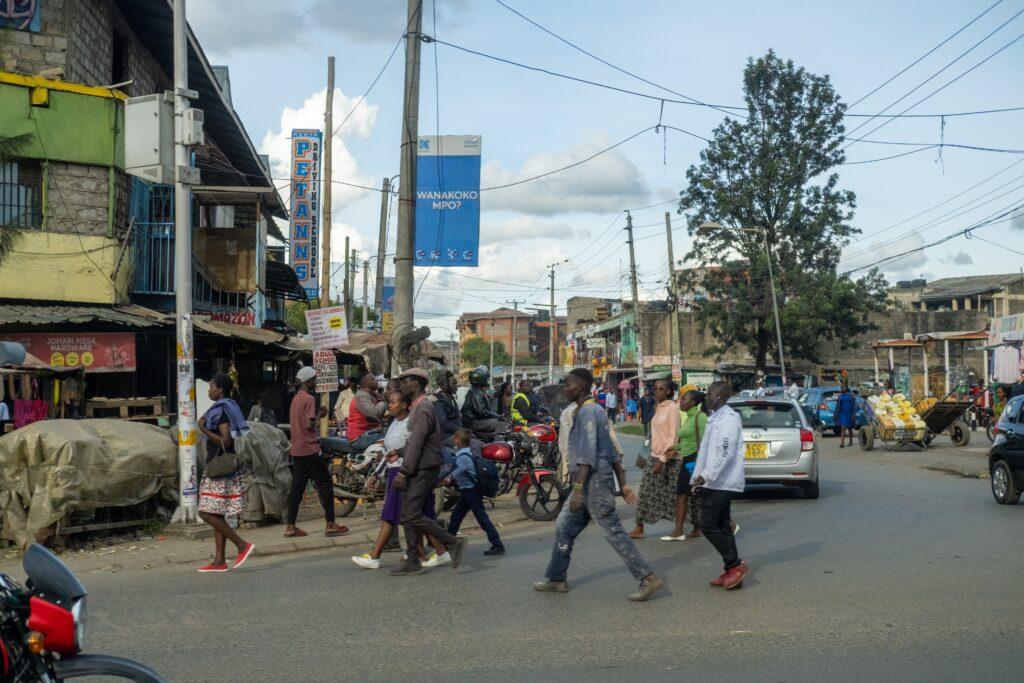In the heart of Nairobi’s vibrant streets, a movement is underway—a movement that seeks to reshape the way the city moves and connects. As the urban landscape evolves, the city’s commitment to improving and modernizing its public transportation system takes center stage. With an eye on reducing traffic congestion and enhancing mobility options, Nairobi’s ongoing efforts to transform its public transportation are not just about infrastructure but about shaping a more efficient, connected, and sustainable urban future.

Traffic congestion has long been a challenge in Nairobi’s urban landscape. The city’s rapid growth and expanding population have strained existing transportation systems, leading to gridlock, wasted time, and environmental pollution. Nairobi’s focus on public transportation improvements is a strategic response to this challenge—one that holds the promise of relieving congestion and improving the overall quality of life for its residents.
Expanding public transportation options is pivotal. Nairobi’s effort to introduce modern and efficient modes of transportation, such as buses, light rail, and commuter trains, seeks to provide residents with viable alternatives to private cars. A well-connected and reliable public transportation network can encourage people to leave their cars at home, easing congestion on the roads and reducing the carbon footprint.
Modernization of infrastructure enhances the travel experience. Upgrading public transportation infrastructure, such as terminals, stations, and roadways, ensures that commuters have seamless and convenient access to transit options. By creating user-friendly spaces that prioritize safety, accessibility, and comfort, Nairobi can attract more people to use public transportation as their preferred mode of travel.
Integrated ticketing and payment systems streamline mobility. Nairobi’s move towards integrated payment platforms, where a single ticket or card can be used across different modes of transportation, simplifies the travel experience for commuters. This encourages multi-modal travel and promotes the use of public transportation for various types of trips.
Digital technology transforms the passenger journey. Real-time information, mobile apps for route planning, and digital signage at transportation hubs enhance the overall passenger experience. By leveraging technology, Nairobi can create a more efficient and user-friendly transportation system that adapts to the needs of its tech-savvy residents.
Accessibility for all is a fundamental consideration. Nairobi’s public transportation improvements must prioritize inclusivity and accommodate the needs of people with disabilities and those who rely on specialized transportation services. Designing infrastructure and vehicles that are accessible to everyone ensures that no one is left behind in the quest for efficient mobility.

Collaboration and engagement are key to success. Government bodies, transportation authorities, urban planners, and residents must collaborate to shape the city’s transportation future. Input from the community can provide insights into transportation needs, preferences, and pain points, ensuring that improvements are tailored to the city’s unique context.
In conclusion, Nairobi’s journey toward transforming its public transportation system is a reflection of its vision for a more efficient and livable urban landscape. By expanding options, modernizing infrastructure, embracing technology, prioritizing accessibility, and fostering collaboration, the city can create a transportation network that not only reduces congestion but also enhances mobility and connects people across neighborhoods and communities. The road ahead is one of progress, innovation, and resilience—a road that leads to a Nairobi where movement is fluid, congestion is curbed, and the future of urban transportation is redefined.




